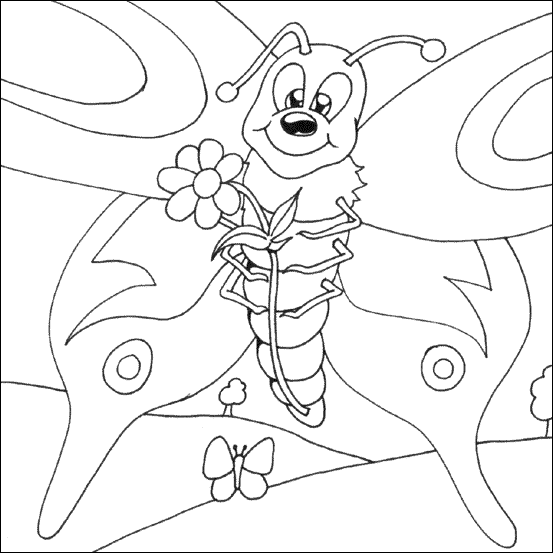Hello to old and new readers!
This is our new (free) home, and hopefully where we'll stay forever. As you can see, the archives are out of order, but I don't think it matters much. I'd rather build new ideas than revisit the past, anyway.
If you're new to Adventures of an Urban Reading Teacher, here's the scoop:
I teach reading classes for adults through the Adult Basic Education division of Los Angeles Unified School District. Although we're supposed to focus on adults, we have also thrown open the doors to teenagers--sometimes as young as 13 years old--who often have either learning disabilities or behavioral problems. Not only that, but the ABE has thrown out its old reading programs, so we're struggling to find a suitable way of updating our methods to reflect the new research. And, while the new methods are exciting and--if you ask me--effective, it can be overwhelming to overhaul curriculum, juggle different age/background demographics, and find the balance between lesson planning and classroom management all at the same time.
In other words...the sh*t has hit the fan!!
This blog is my way of trying to work through these issues. I hope it becomes a resource for teachers who are struggling with the same issues, as well as a sounding-board for myself. A place to give and get advice.
Please take a look at the past posts. They're really meant more as a way of catching you up with what life in the classroom is like than as true archives. I hope you're inspired to write a few comments and give this new (and often bemused) teacher a little help.
